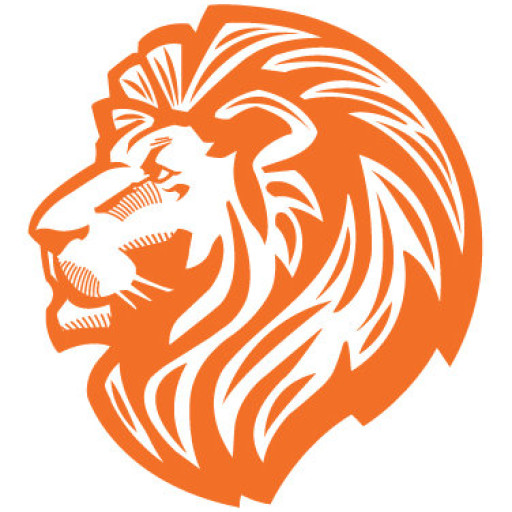Last week I was asked for my opinionin an article being written on designing customer services. One of my favourite questions asked was on trust – and its role in a service-based model. Below is the answer I gave and wanted to share with you all today to put some perspective on how to take your service design from good to great!
Trust plays such a significant part on customer experience and service design, but many people only think of trust as an output – if I delight my customer, they will reward me via word of mouth recommendations through their family and friends, leading to more business. The biggest customer experience output therefore, is founded on trust and networks.
However, trust is much more than an output – and if you can change your thinking can yield some great and effective results. When designing services, mapping experiences and building products, trust must be a key factor to align things to. Services, products and organisational systems are usually developed and reviewed under the lens of sales growth, operational efficiency or customer satisfaction. Under these lenses, its easy to lose the sense of customer, and being customer centric.
Organisations then work backwards, strengthening practices, services and products only when people have expressed a dissatisfaction with them post interaction usually through a feedback survey. Instead, consider designing and reviewing services by first up asking yourself these two essential questions:
“how will the service or experience build trust with the customer” from the beginning and not just bank on it at the end; and
“what level of trust is the customer expecting? how can I ensure we don’t break their trust?”. And in the second question, trust can be a number of things like trusting it will be reliable, trusting its quality, trusting it will make me feel better, trusting it makes me a better person, etc.
“So, here’s the thing: trust is the currency in a customer experience economy.”
The more time you invest in growing trust among your customers, the more willing they will be to part with it. They will spend it, expecting a return and being satisfied that the return matches their expectations. No one buys something without assessing the value, quality and benefits before they part ways with their hard earned cash. Trust works in the same way. Trust acts like a currency and there are a couple of things to consider and keep in mind:
The customers you want to keep have wallets ‘full’ of trust which they are willing to spend and invest across the experience market, so long as they see the value.
Banking on gaining a customers trust builds interest; and not the traditional financial kind, but the interest that keeps them interested in your products, services, business beliefs and core values.
Break the customers trust and the customers are coming in to withdraw their trust and cancel all trust investments – some might be recoverable, but as with any investment, take considerable amount of time to rebuild.
There is an element of risk and return – sometimes taking a higher risk on understanding customer needs and expectations may yield higher trust returns, and it can easily go the other way too. Its essential to make sure the research is sound, emotions are checked and the logic makes sense.
It’s a quicker return to understand what the customer wants in terms of trust upfront, than to wait for a satisfaction survey later down the track – by that time the trust dollars are well spent and the customer may be looking for somewhere else to invest.
How will you be attracting ‘trust dollars’ your way the next time you design a new service or revisit an existing one? Understand the elements of trust from the beginning and you’re developing a solid platform to transact in the only currency that translates into true business dollars from the beginning: trust.
Until next time. Do you agree? What are your thoughts?

